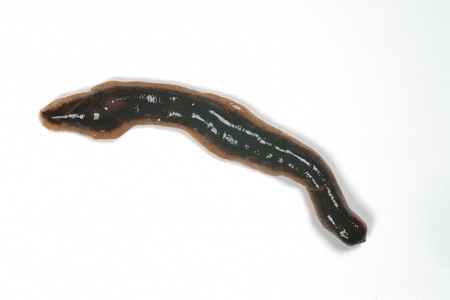Members of the public are being asked to help University of Aberdeen researchers pinpoint just how far a species, that wound up in the UK unintentionally, has travelled across the country.
The New Zealand Flatworm arrived on British soil over half a century ago but researchers have struggled to survey the species as they are typically found in gardens. Although New Zealand Flatworms eat earthworms, it is not known what influence this has on earthworm numbers or on other animals that consume earthworms like moles.
A new national Open Air Laboratories (OPAL) survey launches this month to help find out how far the New Zealand Flatworm has spread and how big an influence it is having on the environment. The New Zealand flatworm survey is the latest addition to the range of citizen science activities offered by OPAL, which is led by Imperial College London and run by a range of organisations including universities, wildlife groups, and museums.
New Zealand flatworms are quite remarkable creatures that eat earthworms by wrapping their bodies around them and secreting digestive mucus to dissolve and consume them. They can survive for over one year by shrinking in size to as little as 10% of their full-grown body mass until they find another earthworm.
Members of the public who are keen to embark on some ‘citizen science’ to see if there is any sign of the New Zealand flatworm in their garden, are advised that the species is flat, dark purple-brown on top and creamy pale underneath and along the sides. They are usually 5-15 cm long and are pointed at both ends and covered in sticky mucus. They are found under pieces of wood, stone or polythene or lying on bare earth often curled up like a Swiss roll and they leave slime circles where they’ve been resting.
New Zealand flatworms are spread by moving topsoil or rooted plants between places, which allows this species to move from garden to garden. Current understanding of where all in the UK they exist is very limited, but knowing their distribution could help target initiatives to prevent further introductions.
This is where scientists at Aberdeen University and the James Hutton Institute, a leading research centre on the New Zealand flatworm, would like the public’s help. If you find one, in your garden or elsewhere, please take a photo and submit this along with its location to opal or get involved in a short survey of your outdoor space. This will give the team an idea of what influence these flatworms may have on earthworms across the UK, and other animals that consume earthworms like moles.
Dr Brian Boag, one of the UKs New Zealand flatworm experts, based at the James Hutton Institute in Dundee, said: “Avid gardeners will know whether they have New Zealand Flatworms on their premise or not, but this understanding is not passed on. Therefore, we would love to learn from people to get a clear picture of where these creatures are present and where not.”
Professor René van der Wal, from the University of Aberdeen, who is one of the leaders of this new initiative, said: “We want to get people looking carefully at their gardens and the greenspaces around the cities and towns they live, and school kids to explore their play grounds, in search of this rather peculiar species, and tell us what they’ve found. Ideally, they spend 10 minutes searching for flatworms, earthworms, beetles and signs of moles in a relatively structured way and tell us about their findings.”
Annie Robinson, an OPAL community scientist also from the University of Aberdeen added: “Every record submitted is invaluable and will help inform the development of our response to and research of the New Zealand Flatworm. People can go to the OPAL website and access identification, survey resources and submit pictures of the New Zealand Flatworm. Together we can learn a lot about where this species is and what it’s up to!”


